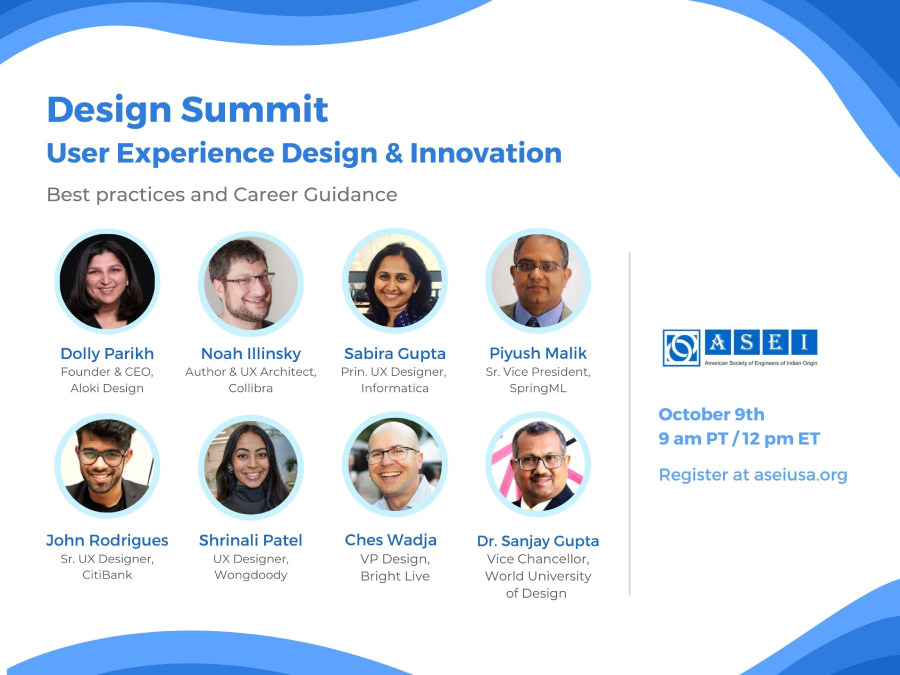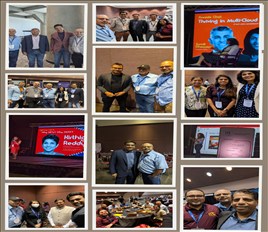- The October 2021 edition of ASEI Newsletter was sent to all those who are on our mailing list till September end. In case you missed it, here is the web version. Happy reading and catching up on all that happened in the last month and what lies ahead with your society! We have a series of events planned for this month representing #Innovation #Design, #Youth Empowerment, Knowledge sharing and Networking initiatives.
- ASEI is a volunteer run professional organization and we welcome your involvement. We request feedback and especially welcome any articles, blogs or ideas you would like to contribute. Please be in touch with anyone from the content/editorial team.
- In case you are not receiving our emails, please check your spam/junk or promotions folder and change the settings in your mailbox to deliver ASEI emails in your in-box. If you still did not find our newsletter please send an email to [email protected] for us to investigate.

REMINDER
Don’t forget to join and subscribe to #asei Youtube channel to be reminded and notified when we livestream. We are also adopting new channels of communication including an open Linkedin page, Twitter, Facebook and Clubhouse to connect with you. Do join in, provide feedback and volunteer to get engaged.










